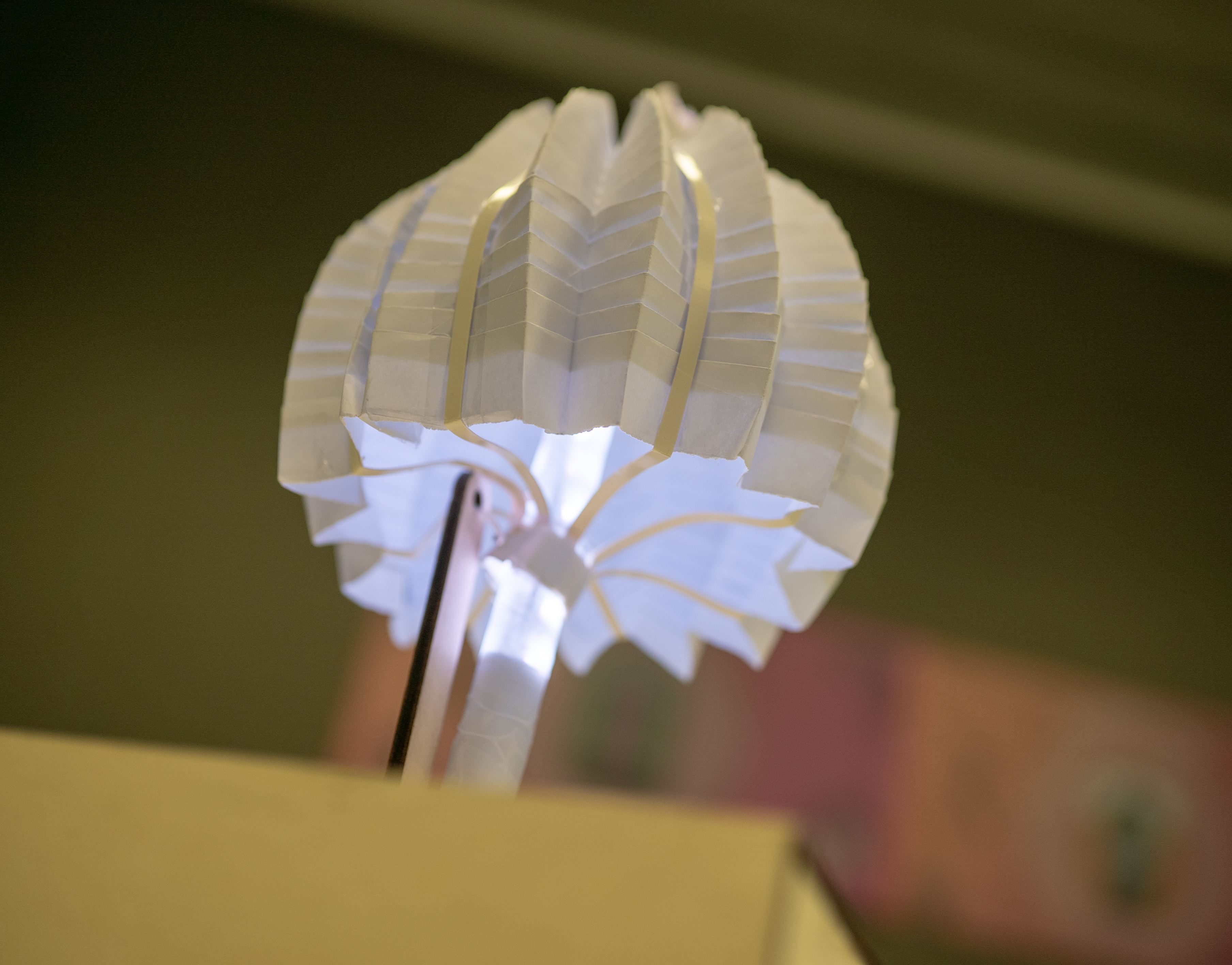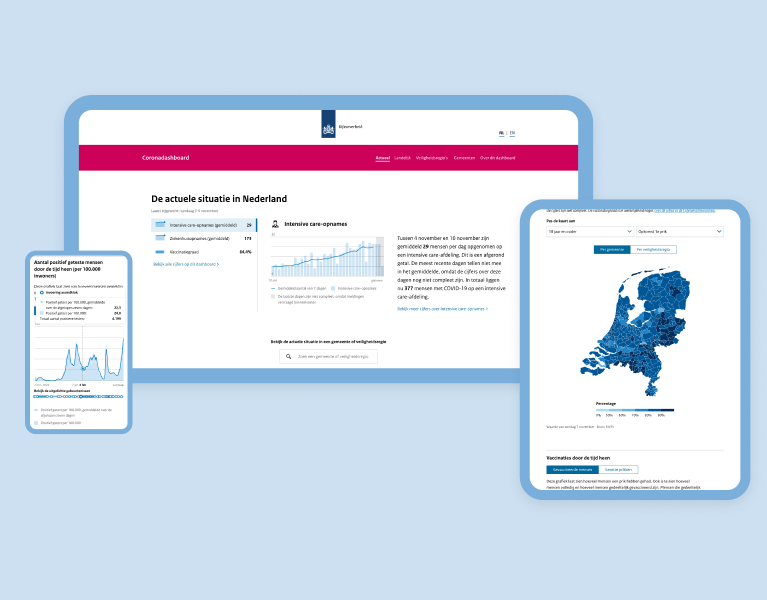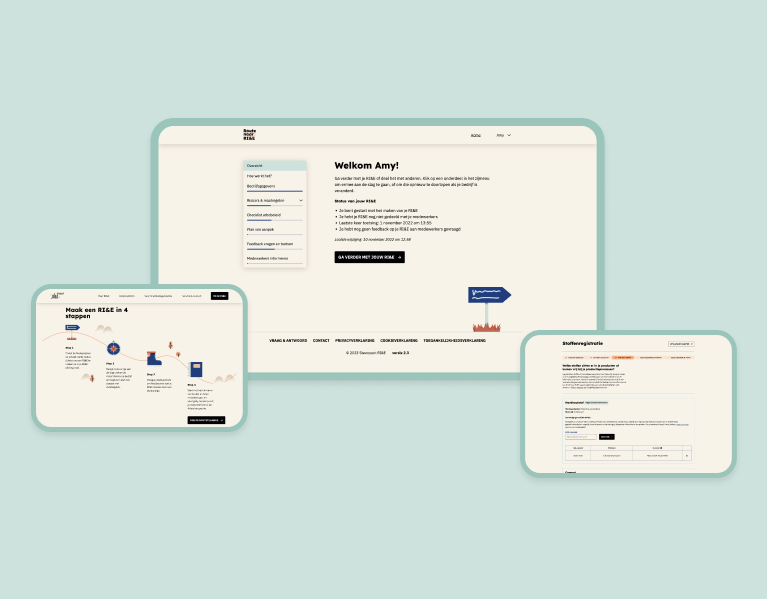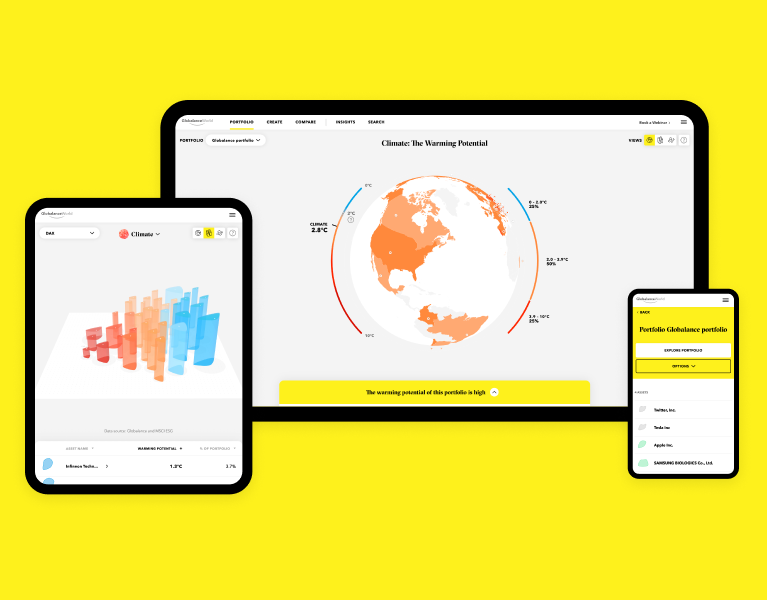Photographer Cleo Goossens
Role: UX designer/researcher
Clients & involved parties: Municipality of Amsteram, Embassy of Safety & What if lab
Duration: April 2022 - November 2022
Over the last years there has been a decline in crime amongst minors and young adults, unfortunately this is not the case for armed incidents. These incidents have increased over the past years. Social media plays a huge role in this, people follow incidents like a reality tv show and provoke each other to take things to the next level. This causes incidents to escalate quicker and lead to offline violence. However, police, street coaches and youth workers are not yet online to intervene and de-escalate.
The Municipality of Amsterdam plans to start a pilot collaboration with a yet to be established ‘Online Basis Team’ (OBT) with these youth workers, street coaches, project leaders Youth & Safety and a digital local police officer. They came to Greenberry with the question to design a methodology where the OBT could share and assess online content.
That’s where I came in. They supplied us with several research documents to dive into, which gave me a good starting point.
Next to the documents I used other sources like podcasts and videos for the information I was still missing. I mapped out all the insights in Miro, categorizing based on topic and making the colors of the sticky notes represent for whom the information is relevant.
The Miro board where I collected all the insights. Categorized on topic, labeled with source and the color of the post-it representing for whom it's relevant
We’ve selected some interesting interview candidates to pick their brains about this topic.
All of them were already involved in this topic and could share some interesting insights from their perspective. We combined the insights from the experts around (online) safety with the insights from the (scientific) research around social media and drill rap. Some of the most important insights were:
Technology isn’t going to fix everything
Technology can’t solve the problem. Not all sources are public, we need people to be able to interpret content and on top of that we run into the limitations of the law around online privacy.
Technology can’t solve the problem. Not all sources are public, we need people to be able to interpret content and on top of that we run into the limitations of the law around online privacy.
There is a need for a shared understanding among the different parties in the OBT
It’s difficult to properly interpret online messages, you need offline context and the knowledge of the various parties from the OBT to know whether a post is a threat.
It’s difficult to properly interpret online messages, you need offline context and the knowledge of the various parties from the OBT to know whether a post is a threat.
Clarity about online standards
Finally, there is no clarity about how we (as a society) want to interact with each other online. The online world is now like the wild west, with no standards to live by.
Finally, there is no clarity about how we (as a society) want to interact with each other online. The online world is now like the wild west, with no standards to live by.
Notes & insights from the interviews
To take us closer to solving the challenge, we decided to use some elements from the frame innovation method from Kees Dorst.
This method is designed to solve complex issues. One thing was the context & field map where I created the first version based on the research and participants of the kick-off meeting. On this map I placed who is directly involved (context) and who might also be of interest, be affected or could be part of the possible solutions (field). Next I added the themes that different parties (might) have in common. With this map we could check if we weren’t missing anyone who should be more (directly) involved with any decision making, inspire us to look at different themes or try to involve new parties that could be interested.
Different versions context & field map
Next, me and Alain (creative director at Greenberry) sat down together to find paradoxes in the research insights. What makes this problem hard? Which turned out to be many different aspects. Besides the paradoxes, I recognized in the research three different directions we could take to tackle this problem. I presented these paradoxes and directions to the client and we voted to decide what we are going to focus on. This voting helped us reframe our initial challenge.
To end our research phase, we redefined our problem statement to:
How can the OBT start with getting a better overview of the online world in the short term and within the limitations of the law? This redefined problem statement made the challenge more manageable and better fit the issues we found in the research. Next up, concepting time.
We organized a co-creation session (guided by my colleague) where we brought together the future OBT, youth workers, police, credible messengers and streetcoachers, for the first time in Amsterdam Zuid-Oost. We used the problem statement and chosen paradoxes to start brainstorming How Might We questions with the group. We voted together on the HMW questions to play Idea Bingo. Which is a really fun exercise where every HMW question has their own bingo sheet and together you fill up the bingo sheet with ideas. The person who filled the last box can shout bingo and wins a small prize. Then we split up into smaller groups, every group could grab a couple of post-its with ideas to combine into a concept. At the end we presented these concepts to each other.
Pictures from the co-creation session in Amsterdam Zuid-Oost
One thing that stood out during the session was that these people, who needed to become a team and work together, had never spoken to each other. There was no mutual trust to share information with each other. While the research showed that they needed each other's expertise and knowledge to be able to correctly interpret online content.
From the co-creation session, we ended up with four concepts.
We validated these concepts with the future OBT team through a typeform. We realized that these concepts could be realized in a chronological, where when you’ve realized one concept you could continue with the next one to work. They were all small steps that needed to be taken to get a better grip on the online world. Together with the client we chose to start with the concept at the beginning of the timeline, the first step. We first need to create trust amongst the OBT and learn from previous incidents, before the OBT can work together to monitor online content.
We’ve developed this concept in more detail to showcase during the Dutch Design Week 2022. It was accompanied by an interactive installation to create awareness amongst the general public how difficult it is to interpret online content and how important it is to do it right.
Pictures taken at the Dutch Design Week 2022
So what is this concept that I keep going on about?
Lookback is an interactive tool that stimulates collaboration within the Online Basic Team (OBT). The tool enables the OBT to collectively map out the events and posts that led up to an incident.
Example of how Lookback would look like in a session.
So how does that work? The OBT meets regularly to work together to draw up a timeline of an incident that has already happened. To make this timeline, they all bring relevant content that they’ve seen and believe is related to the incident with them to the session. For example, they can bring screenshots from online posts, information about a certain offline event or profiles from people who might have been involved.
Lookback helps to start of the conversation within the OBT and makes it clear what kind of knowledge the different parties have. What does one person see for example that someone else might not be able to access. By systematically evaluating incidents, the tool enables the OBT to discover patterns to keep an eye on, in order to prevent similar incidents in the future.
Storyboard created for the concept Lookback
On the Dutch Design Week we organized the first Lookback session with an early prototype to test if it could work.
Through the workshop, it became clear to the different parties how important it is to have a shared goal. We noticed there was still some tension between them, but it also started interesting conversations where action points could be derived from.
We had asked everyone to write down information they could possibly have related to a fake incident on a post-it. What became clear when everyone started to put their post-its on the Lookback board is how little they knew individually, but how much they knew all together. So as an individual it is impossible to get grip on this complex problem, you would miss a lot of context. Many participants noticed that when you look at all the information from all parties involved, you can almost see why the incident has happened. It gives you an understandable overview of everything that has happened. Unfortunately, it's still unclear which of the shared information is legal to share according to the GDPR legislation.
Pictures from the Lookback workshop
Lookback and our research is not only relevant for the Municipality of Amsterdam, so we were very happy to be able to present it at the Embassy of Safety conference at the Dutch Design Week 2022.
Pictures taken at the Embassy of Safety presentation




